The content of the article
Butter is one of the most valuable dairy products. The composition includes vitamins of many groups, complex carbohydrates, protein, minerals, fats. Thanks to calcium, zinc, sodium, phosphorus, iron and many other enzymes, the condition of hair, skin, nails improves. Butter is made by whipping cream obtained from cow's milk.
How to choose quality butter
Unscrupulous manufacturers add preservatives, forcing consumers to doubt the quality of the product. Consider the important aspects that you should pay attention to when buying a product.
Title
- Rate the packaging. High-quality briquettes are marked, for example, “peasant oil”, “homemade oil”, traditional oil ”, etc.
- If you did not find the word “oil,” then the product is not natural. According to the current legislation, the composition is not oil. Simply put, this is a surrogate, analogue, falsification, spread.
- A spread is a composition made from vegetable fats. The percentage of acids in such a product is less than in real butter.
- Some types of spread do not contain fat at all, for example, pure margarine. Such products are of no use, but the taste is not inferior to butter. Buy a cheap analogue or not, you decide.
- It is important to pay attention to the packaging of butter. If there are deformed sections on it, most likely, the product was thawed several times. Quality oil is wrapped in foil or thick parchment paper, which prevents oxidation.
Structure
- To buy quality oil, study the composition. It should contain the following components: whole milk, cream. This aspect means that the oil is natural, without artificial fats.
- The spread (translated from English - soft, stretching) can be creamy and vegetable and creamy. As the name implies, the amount of the first component in the list prevails over the volume of the second.
- Spreads include at least 38% vegetable fats, so the oil is soft. It does not freeze completely in the refrigerator, as a natural product based on cream and milk does.
- Of course, real oil is more expensive. However, many cheap spreads include healthy vitamins, phytosterols and other enzymes that have a good effect on health.
date of manufacture
- Estimate the cost of goods, the pricing policy for the quality of butter varies in the range of 120-150 rubles per 100 g. If the cost is too low, it makes sense to look at the timing of production.
- Often, supermarket marketing helps lower prices for items that are about to expire. Do not buy such butter, because it accumulates harmful bacteria, oxidizes, becomes unusable. Simply put, the product is not at all useful, even if it is natural.
- If we talk about the expiration dates prescribed in GOST, the oil can lie 30 days from the date of production. This figure is considered averaged. It is worth considering the storage conditions that stores often violate. Do not buy oil that has lain for more than a month on the counter.
- Import manufacturers increase the shelf life up to six months, this deviation is normal. In such cases, the product can be taken with exposure in the store for about 2 months. Imported oils contain preservatives that increase shelf life.
Fat percentage
- To buy quality oil, give preference to products with a fat content of 72%.This indicator indicates that the composition is made on the basis of whole milk with cream. In our country, there are several types of oil that differ in the percentage of fat content.
- The most popular is considered “traditional” (82%), followed by “amateur” (80%), followed by “peasant (72%), sandwich (62%), tea (50-52%). The last 2 types are not natural, they are dominated by vegetable fats, stabilizers, emulsifiers, flavor enhancers and colorants, flavored additives.
- Traditional, amateur, peasant oils are made from pasteurized cream. Such formulations are often referred to as “sweet and sour oil”. If the product is made with the addition of sourdough, you will see the inscription "sour-creamy". The latter kind is more nutritious and healthy. The product may be salted or unsalted.
Compliance with GOST
- There is a basic GOST, it is listed as 37-91. According to the law, the oil that meets the prescribed requirements is of the highest or first grade. In our country, there are other options for GOST, but they do not cancel the interpretation of the main, but only complement its range.
- Now attention! Some manufacturers of the spread mark GOST R 52100-2003 on the packaging. This does not mean that the oil is natural. The analogue with vegetable fats simply does not contain genetically modified components.
- Manufacturers of low-quality products specifically write the word "GOST" to arouse customer confidence. You can also often read that the composition is dietary, creamy, light, etc. However, all these qualities are achieved through flavor enhancers, flavors, emulsifiers.
- To get the most out of butter, choose a product labeled according to GOST 37-91. It is this composition that enhances vision, improves the condition of hair, skin, nails. The “standard” butter contains only milk fat obtained by whipping cream and milk.
- Oil in accordance with GOST is of the highest and first grade. The highest option is preferable, it is suitable for all organoleptic indicators. That is, it corresponds to the declared taste, texture, aroma, packaging, etc. The highest grade gains 17 points out of 20, the first 11-15 points.
How to determine the quality of butter
- After you open the product, you will notice that a light coating appeared on the oil. Its shade varies from dark to light yellow. A similar phenomenon is called staff, it is considered the norm. The coating is easy to scrape off with a knife.
- Next, you need to visually evaluate the bar. If the color is dominated by saturated yellow pigment, the oil contains beta-carotene (dye). A quality product is also not whitish.
- Butter should be beige (not white!) With a touch of yellowness. This indicates a sufficient fat content. When cut, the product is dry, shiny. The benign composition tastes good, without bitterness.
- As mentioned earlier, stores do not always comply with storage conditions. So, if the oil was kept in the light or at a temperature regime above +3 degrees, damage is inevitable.
- Oxygen promotes oxidation, as a result of which ketones, aldehydes, keto acids, harmful to humans, begin to form. A similar situation is observed in cases where the expiration date expires.
Checking butter for impurities
Unscrupulous manufacturers stuff their products with hydrogenated fats or replace them with dairy. In the store, falsification cannot be distinguished, so you have to rely on your sense of smell and taste buds at home.
Another fake option - butter is supplied with cheese or cottage cheese, which is also wrong. As we said earlier, the natural composition is made from cream and milk.
Method number 1. Tasting
- Cut a slice of butter, taste it. You should not feel bitterness, meat, fish products.A good oil has a sweetish flavor with a share of salt.
- If you bought a composition marked sweet and sour, the oil should be accordingly salty (in moderation). A high-quality product literally melts in the language, which cannot be said about the spread.
Method number 2. Mix with boiling water
- Pour 200 ml into a clear glass. hot water, dip a piece of butter in the liquid. Stir vigorously until dissolved.
- Wait a while, the water should cool. Rate the result. High-quality oil does not break up with "flakes", it is evenly mixed with water and does not give sediment.
Method number 3. Freezing
- Cut a slice of oil from the middle of the briquette, put it in the freezer for 1 hour. If the composition is based on milk and cream, it will harden.
- Take a knife, try to cut a slice. If the oil will crumble, crack, break (that is, an even cut is not observed), you bought a good product.
- Falsified formulations are not susceptible to freezing, because they contain vegetable fats in large quantities. They do not harden even in the freezer.
Method number 4. Thawing
- Without cutting a slice, leave the butter in an ajar packet at room temperature. Lose the situation in which you supposedly forgot to put the product in the refrigerator.
- After 1.5-2 hours, evaluate the result. If droplets of water appear on the surface of the briquette, the oil is unnatural. This product will only soften slightly and become viscous, but moisture will not come out of it.
Before buying, inspect the packaging, it should be made of thick parchment or foil. A good product is marked “oil”, it also complies with GOST 37-91. Examine the composition, pay attention to fat content, production date, shelf life. Determine quality by freezing, thawing, tasting.
Video: how to check the quality of butter at home

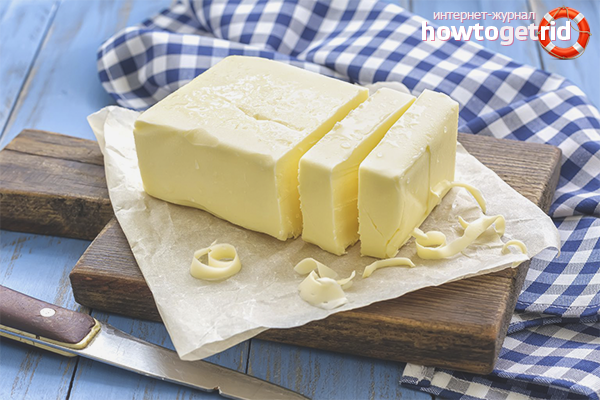


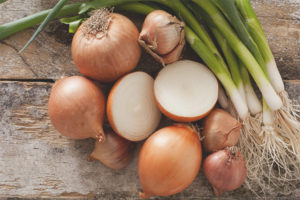
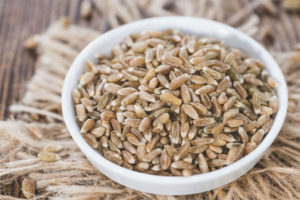
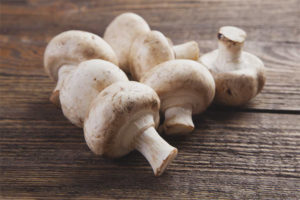
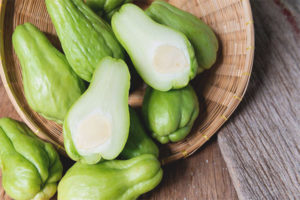

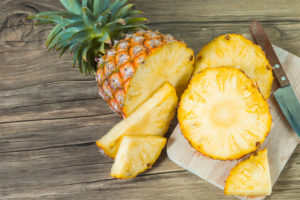

Submit